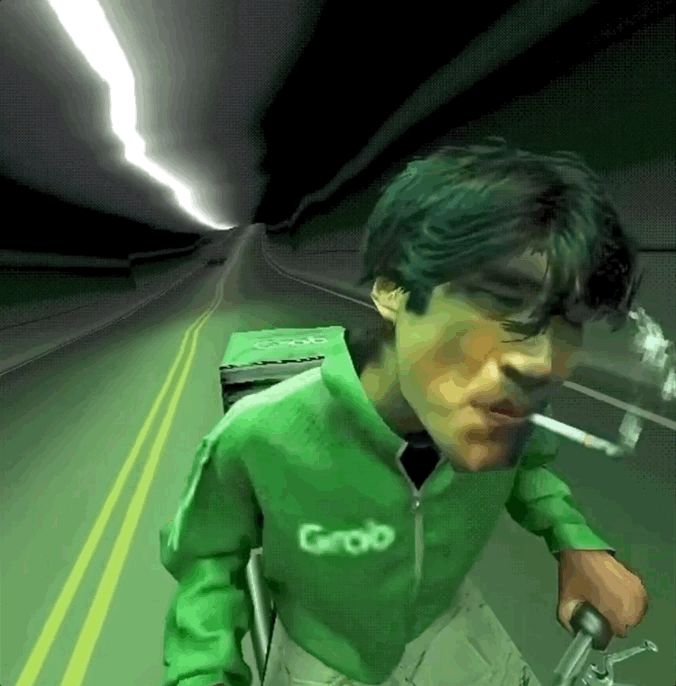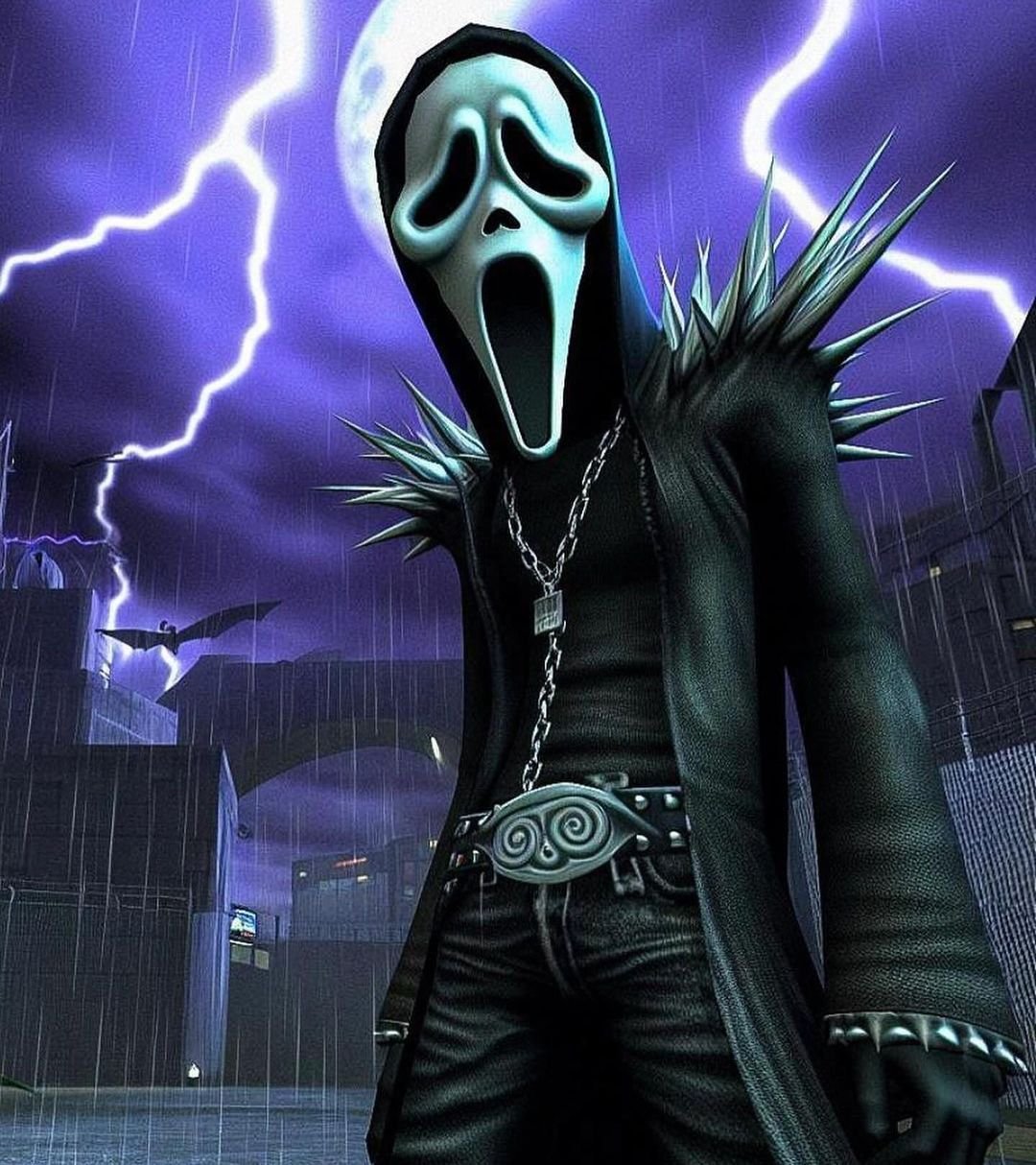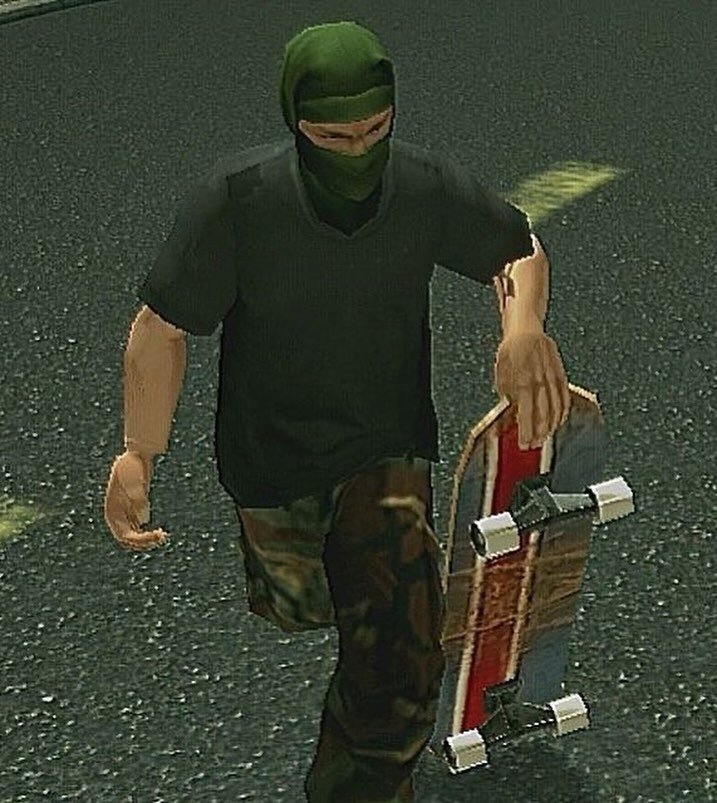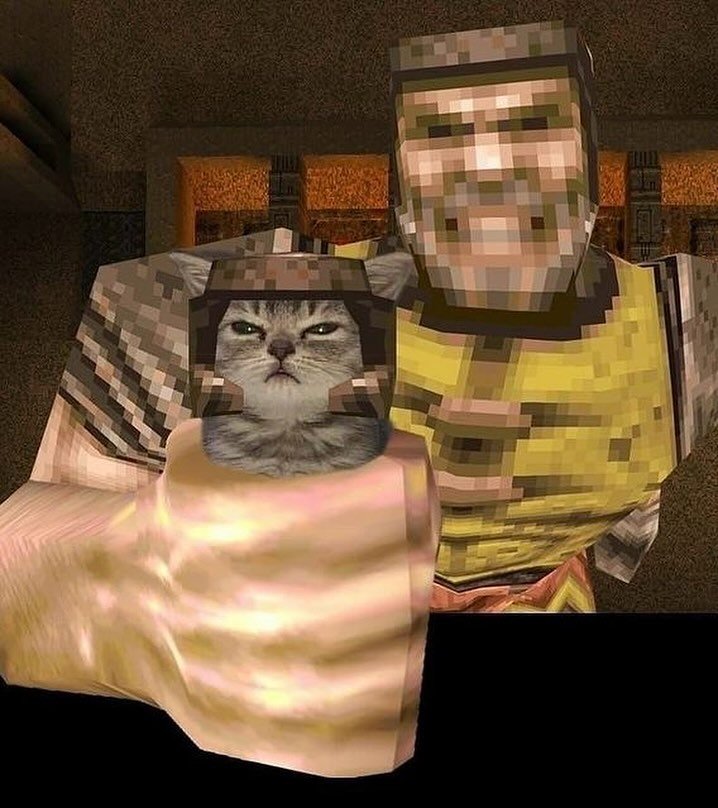The Resurgence of PS1 & PS2 ‘Low-poly’ Art
Words by: @tonsil
Within the last months leading into 2024, we witnessed a massive wave of modern takes on traditional low poly game art. The term “low poly” refers to a 3D graphics style with intentionally limited polygons for a minimalist and geometric look. This look is a product of older video games and animations from the 90’s and 2000s.
Originally, the look of these games didn’t necessarily come from an “aesthetic” choice like much of the low poly art we see today does, but rather from technological limitations at the time. As developmental advancements continued, studios made the deliberate choice to dust off the seemingly “low effort” visual style, but why?
Although in the modern day of game development just about anyone has the ability to create their own video game with big-budget level graphics using software like Unreal Engine, low poly is making a return for one reason, nostalgia. In all aspects of life nostalgia is a powerful emotion evoked typically when positively thinking back to the past. This nostalgia hasn’t only sparked game developers but also various artists around the world.
While artists like Hang Gao use mediums like painting to show their take on the age-old game style, others like Jack McVeigh and OZBREN use Blender, a computer program. Both yield similar results but using a program like Blender, artists in the low poly niche have used this newer technology to essentially recreate these ‘retro’ forms of media with higher resolution and callbacks to modern media like Jack McVeigh’s “Deliver The Food” which pays homage to the 90’s film ‘Fallen Angels’.
As we continue moving forward in all industries there will always be some form of recycling just done with the technology and capabilities of that time. Similar to how fashion tends to move in a pattern of recycling trends, art and all other mediums of creative expression also heavily incorporate past aspects from years prior. With nostalgia being more sought after than ever before with the over consumption of today’s highly advanced, algorithm based world, familiar and reminiscent form factors continue becoming more desired.
DISCLAIMER: This post was originally posted on Instagram on March 12th, 2024 from @tonsil






